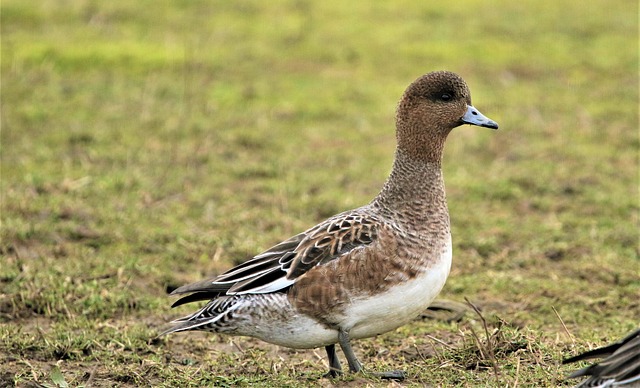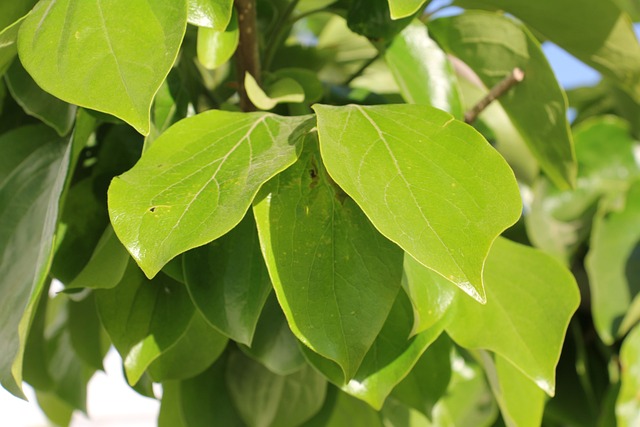medusa cobras ✔ Medusa Cobras: The Enigmatic Serpents of the Reptilian World
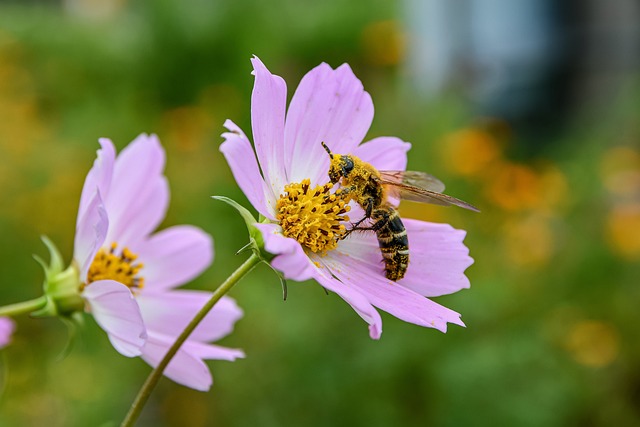
Medusa Cobras: The Enigmatic Serpents of the Reptilian Worldmedusa cobras
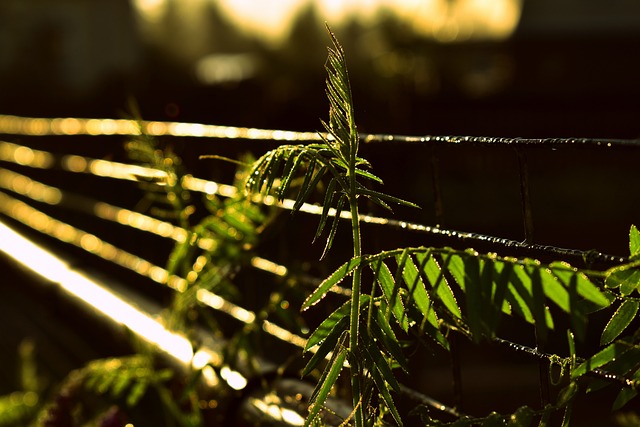
In the vast and diverse realm of herpetology, few creatures elicit as much intrigue and respect as the medusa cobras. These serpents, renowned for their unique physiological traits and captivating behaviors, are a testament to the remarkable adaptability and evolutionary prowess of reptiles. As researchers delve deeper into the lives of these snakes, startling revelations about their biology and ecology continue to emerge, challenging preconceived notions and enriching our understanding of biodiversity.
Medusa cobras, commonly recognized for their striking appearance, exhibit a wide range of coloration and patterns, which serve as both camouflage and a warning to potential predators. The most distinguishing feature of these serpents is their hood, a specialized structure formed by expanded ribs and skin. When threatened, medusa cobras can flare this hood, producing a formidable display that dissuades attackers. This adaptation not only serves as a defense mechanism but also plays a crucial role in their mating rituals, where visual signals are paramount for attracting partners.medusa cobras
The physiology of medusa cobras is equally fascinating. These snakes possess a sophisticated venom delivery system, which has evolved to immobilize prey efficiently. Their venom is a complex cocktail of neurotoxins and enzymes that disrupts physiological processes in their victims, allowing for easier consumption. Recent studies have indicated that the composition of medusa cobra venom can vary significantly between species, reflecting the ecological niches they occupy. Understanding the biochemical properties of this venom not only sheds light on the evolutionary strategies of these snakes but also holds potential for medical advancements, particularly in pain management and antivenom development.medusa cobras
Ecologically, medusa cobras occupy a variety of habitats, ranging from arid deserts to lush rainforests. Their adaptability is a key factor in their survival, enabling them to exploit diverse food sources, including rodents, birds, and other reptiles. This dietary flexibility has allowed them to thrive in environments where competition is fierce. Additionally, their role as both predator and prey underscores their importance in maintaining ecological balance. By controlling rodent populations, medusa cobras contribute to the health of ecosystems, preventing the overpopulation of these species which can lead to significant agricultural damage.
However, the survival of medusa cobras is increasingly threatened by human activities. Habitat destruction, driven by urbanization and agriculture, poses a significant challenge to their populations. As natural habitats are fragmented, these snakes are forced into smaller, isolated areas, leading to decreased genetic diversity and increased vulnerability to extinction. Furthermore, illegal wildlife trade exacerbates the situation, as medusa cobras are often captured for their striking appearance to be sold as exotic pets. Conservation efforts are paramount in addressing these issues, focusing on habitat preservation and sustainable practices to ensure the long-term survival of these remarkable serpents.
Research into the social behaviors of medusa cobras has revealed surprising complexities. Contrary to the traditional view of snakes as solitary creatures, studies indicate that certain species exhibit social structures, engaging in cooperative hunting and communal basking. This newfound understanding of their social dynamics challenges the long-held perception of reptilian behavior and opens avenues for further exploration into the cognitive capabilities of snakes. Such insights not only enhance our appreciation of medusa cobras but also highlight the need for a paradigm shift in how we perceive and interact with these animals.medusa cobras
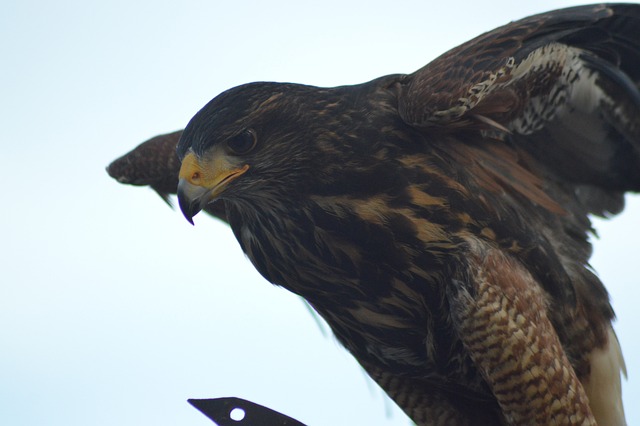
In light of these findings, it is evident that medusa cobras are more than just captivating reptiles; they are vital components of their ecosystems, playing crucial roles that extend beyond their immediate environments. As we continue to uncover the mysteries surrounding these fascinating creatures, it is imperative to recognize the importance of preserving their natural habitats and ensuring their protection against the myriad threats they face. Only through concerted conservation efforts and a commitment to sustainable practices can we hope to safeguard the future of medusa cobras and the intricate ecosystems they inhabit.medusa cobras
In conclusion, the medusa cobra stands as a symbol of the rich biodiversity that our planet harbors. Their unique adaptations, ecological significance, and behavioral complexities remind us of the intricate web of life that connects all organisms. As stewards of the Earth, we hold the responsibility to protect these enigmatic serpents and the delicate balance of nature they represent. Through education, awareness, and proactive conservation measures, we can ensure that future generations will continue to marvel at the beauty and resilience of medusa cobras, a true testament to the wonders of the natural world.
Fale conosco. Envie dúvidas, críticas ou sugestões para a nossa equipe através dos contatos abaixo:
Telefone: 0086-10-8805-0795
Email: portuguese@9099.com
